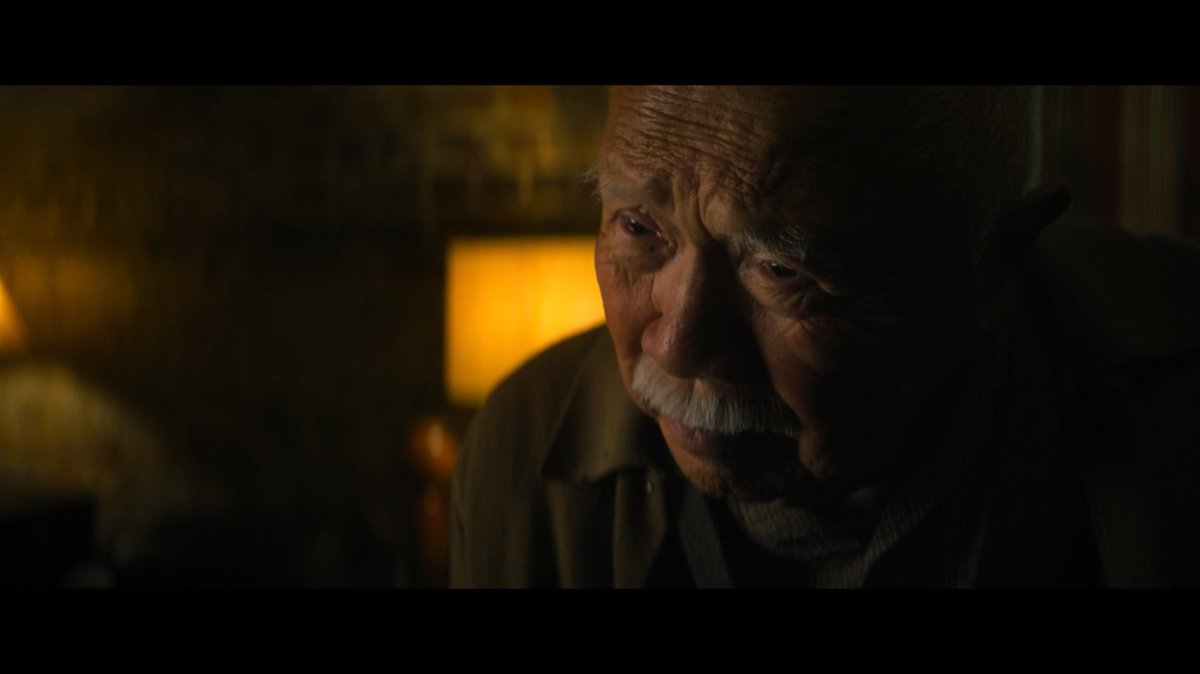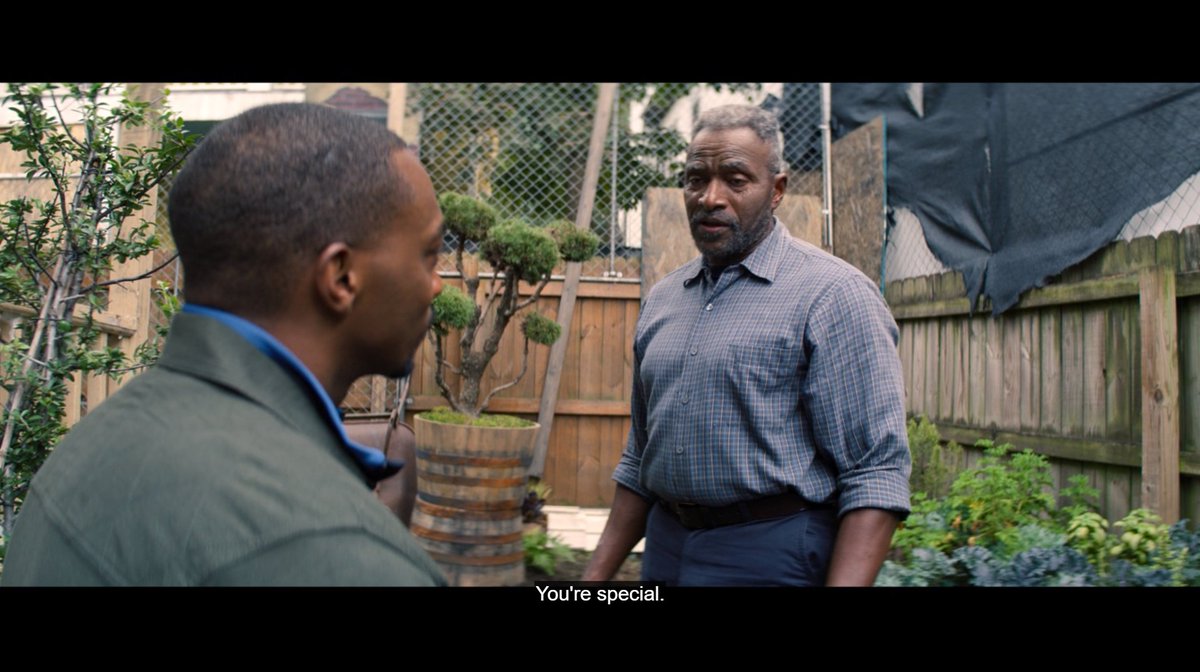A thread about the difference between long form (TV, open-world game) writing vs movie/linear adventure writing, looking at The Falcon and the Winter Soldier. The opening action scene has the three-act structure of a movie, but the episode as a whole doesn& #39;t Here& #39;s why  https://abs.twimg.com/emoji/v2/... draggable="false" alt="👇🏽" title="Rückhand Zeigefinger nach unten (mittlerer Hautton)" aria-label="Emoji: Rückhand Zeigefinger nach unten (mittlerer Hautton)">
https://abs.twimg.com/emoji/v2/... draggable="false" alt="👇🏽" title="Rückhand Zeigefinger nach unten (mittlerer Hautton)" aria-label="Emoji: Rückhand Zeigefinger nach unten (mittlerer Hautton)">
In movie writing, the entire story tends to play out over three acts that usually adhere to the 12 steps of the Hero& #39;s Journey (more on that here: https://twitter.com/AndyHeatherUK/status/1280441140349743110?s=20).">https://twitter.com/AndyHeath... In TV, action set pieces tend to, but episodes don& #39;t because it& #39;s important to delay resolution.
To keep people engaged, the plot can& #39;t go slack. You need to keep tension on it. That means you have two choices:
1. Delay the resolution for as long as possible (sometimes to infinity).
or
2. Resolve the current dilemma, then, while everyone& #39;s celebrating, introduce another.
1. Delay the resolution for as long as possible (sometimes to infinity).
or
2. Resolve the current dilemma, then, while everyone& #39;s celebrating, introduce another.
All characters need an inner dilemma and an outer dilemma. This is often called conflict, but I find the idea that all (Western) narrative needs conflict to be an misleading and disturbing. Falcon/Sam& #39;s inner dilemma is that he doesn& #39;t yet see himself as worth of cap& #39;s shield.
His outer dilemma is that he knows how to win in superhero world (which is to say movie world) but he doesn& #39;t know what it takes to feed a family in the real world of American capitalism. He hasn& #39;t had to get his hands dirty in that world of closed doors.
Winter Soldier/Bucky& #39;s inner dilemma is that he hasn& #39;t yet forgiven himself for his past actions. He& #39;s still haunted by what he did. His outer dilemma is that he must learn to be open, be honest, and be vulnerable in order to find love and friendship.
Sam& #39;s inner dilemma will resolve when he picks up the shield and becomes the cap the world needs him to be. His outer dilemma will resolve when he learns that fame won& #39;t help his family, but graft and learning to open closed doors will.
Bucky& #39;s inner dilemma inner dilemma will resolve when he learns to forgive himself for the past and embrace the present openly. His outer dilemma will resolve when he opens his heart, is honest with people, and finds friendship and love. Right now, he lies to everyone.
Logic tells us that Sam becoming Cap is a huge moment with millions of dollars of merchandising behind it, so that is probably a series end reveal. Bucky& #39;s inner dilemma will probably resolve mid-season when he tells Mr Nakajima he murdered his son.
Mr Nakajima and his new love interest will probably reject Bucky when they find out, which gives them until the season ends to realise that it took him a lot of courage to be honest, and to forgive him for what he did when he wasn& #39;t in control of himself.
To refuse the call, both Sam and Bucky are handed the opportunity they need. But Sam gives up the shield and Bucky opts to lie again. Incidentally, Battleships is the PERFECT game for the metaphor. In order to get to know Bucky, when must try to read his mind.
Hitting upon something true that will unlock Bucky is just like firing blindly and hoping to hit something. Which she DOES when she says that Mr Nakajima can& #39;t move on until he knows the truth about his son& #39;s death.
In structure terms, this is called & #39;Refusal of the Call& #39;. Both Sam and Bucky know what they must do, but are currently unable to do it. This is step 3 of movie story structure.
In TV writing, this step can last for weeks. Eventually, enough lessons are learned, the dilemma is resolved, and a new dilemma takes its place. When the dilemma& #39;s are no longer interesting or convincing, the show stops engaging people and eventually ends.
By contrast, the opening action scene is structure like a complete story. We have The Ordinary World. This recaps what we know from the movies: Sam has cap& #39;s shield. Sam is a supremely confident and capable superhero.
We have a call to adventure: stop the bad guys, don& #39;t violate any treaties.
We have a trope: our chief antagonist is mean. He gives orders, he the boss to be defeated. Our real world knowledge tells us this is George St-Pierre, the famed MMA fighter, so we know he& #39;s going to fit into the & #39;henchman tough enough to fight a superhero& #39; trope.
We have our & #39;Ordeal& #39; moment when the fight goes airborne, Sam& #39;s thruster fails, his vision is impaired, he& #39;s outgunned, and we start to approach Libyan airspace. This introduces what is known as a & #39;Ticking Clock& #39;. It& #39;s a common trick to ratchet up the tension.
Aside: Most ticking clocks, when analyzed, end up fitting into a category called & #39;False Jeopardy& #39;. This one is no different: Sam& #39;s there precisely because he& #39;s too small to be detected. That& #39;s why the job isn& #39;t being done by aircraft.
Sam& #39;s thrusters fix themselves. He retrieves the McGuffin (in this case, a person), the bad guys blow up, but George St-Pierre& #39;s mid-level boss lives to show up at the end of another stage.
Sam then walks The Road Back and fulfills the last step, Return with the Elixir - which is, in this case, the rescued man.
In video game writing, the long-form TV arcs are relevant to open-world games, in which tension must be maintained for long stretches of time, until the protagonist can resolve their inner and outer dilemmas. Preferably at the same time, with the same resolute act.
The complete narrative, here represented by the Hero& #39;s Journey, comes into play in the quests WITHIN the open-world game. Each mission or side quest should, ideally, play out as a complete mini-narrative, with a beginning, a middle, and an end.
If the mini-narrative of the quest can expand on or reflect the protagonists inner dilemma in some way, so much the better. A good example is the Can I Get A Photo? sidequest in Miles Morales, because it deals with Miles accepting that he is a hero, not a sidekick.
And finally, because I forgot the hashtags: #FalconAndWinterSoldier  https://abs.twimg.com/hashflags... draggable="false" alt="">
https://abs.twimg.com/hashflags... draggable="false" alt="">
#NarrativeDesign
#GameWriting
#GameWriter
#screenwriting
#screenwriters
#screenplay
#TVWriter
#ScreenWriter
#NarrativeDesign
#GameWriting
#GameWriter
#screenwriting
#screenwriters
#screenplay
#TVWriter
#ScreenWriter
Now episode 2 is out, it’s worth pointing out that the writers have added a third dilemma besides the inner and the outer ones established in the first episode: Sam and Bucky now share a need to overcome the past, together.  https://abs.twimg.com/emoji/v2/... draggable="false" alt="👇🏽" title="Rückhand Zeigefinger nach unten (mittlerer Hautton)" aria-label="Emoji: Rückhand Zeigefinger nach unten (mittlerer Hautton)">
https://abs.twimg.com/emoji/v2/... draggable="false" alt="👇🏽" title="Rückhand Zeigefinger nach unten (mittlerer Hautton)" aria-label="Emoji: Rückhand Zeigefinger nach unten (mittlerer Hautton)">
Letting go of the past thematically links Bucky’s and Sam’s journeys. Bucky needs to feel he was worthy of cap’s unwavering loyalty. This is linked to his inner dilemma (forgiving himself for his past sins), and his outer dilemma (daring to be vulnerable enough to make a friend).
Overcoming the past and becoming Captain America is also how Sam solves his inner dilemma (gathering the confidence to pick up the shield) and his outer dilemma (learning how to be a black man in the States, rather than a superhero in the Avengers).
So, Bucky and Sam must do together what they can’t do alone. Becoming cap means Sam has to embrace Bucky as a partner. Being partnered with the new cap means Bucky must learn to let e new friend in.
Where it gets really interesting is the writers have set up a reciprocal dilemma that America must overcome. Sam has been refused a bank loan and harassed by police for being black. In order for Sam to pick up the shield, America is going to have to prove itself worthy of him.
The show has acknowledged that the United States doesn’t yet deserve a black Captain America. That is some powerful and honest writing.
How does this apply to game writing? Well, if you have two characters, say the player and an NPC, or the player and their coop partner, you can tie their dilemmas together. Create a world state (Sam & Bucky must become a team) that signifies their dilemmas have been solved.
And, of course, remember the lesson from the first episode: in an open world game, quests follow movie writing structure, but the game follows TV writing structure. Sam and Bucky are still at stage 3: refusing the call.
Sam is still refusing to pick up the shield. Bucky is still refusing to make himself vulnerable in therapy or to allow a new friend into his life. They will stay in that state far longer on TV than they would in a movie arc. The same can go for open world game writing.
Now the last episode of #TFATWS  https://abs.twimg.com/hashflags... draggable="false" alt=""> has been released, I thought I& #39;d look at the predictions made earlier in this thread. As expected, Sam does pick up the shield in the last episode and accepts that become Captain America, while hard, honors the black heroes that came before him.
https://abs.twimg.com/hashflags... draggable="false" alt=""> has been released, I thought I& #39;d look at the predictions made earlier in this thread. As expected, Sam does pick up the shield in the last episode and accepts that become Captain America, while hard, honors the black heroes that came before him.
Bucky also, as predicted, goes to Mr Nakajima to confess the Winter Soldier& #39;s sins. And by the end, both protagonists have bypassed step 3, the refusal of the call. Having done that, Sam goes directly to step 4, meeting the mentor - the original black supersoldier.
The show runners opted to have Bucky& #39;s confession come at the end of the season so both characters could overcome their refusal of the call at the same moment. This leaves the door open to reconciliation in the next season, if they choose.
The most interesting part of the show is the reciprocal dilemma set up in episode 2 - the fact that America is yet to demonstrate that it deserves a black Captain America. This was underscored with Sam& #39;s televised speech.
In movie endings, all would& #39;ve been made right with the world. In #TFATWSFINALE the triumph of the ending was acknowledging the hard truths about the USA. Being a black Captain America will be hard and many people will hate Sam (and Anthony Mackie) for trying.
Being a black progenitor to Cap was harder still and caused lifelong suffering. Sam& #39;s speech acknowledges that the economic system, the country& #39;s approach to refugees, that institutional America created the antagonists - maybe even deserved them.
Captain America doesn& #39;t claim the US is faultless and reassure us he& #39;s here to unquestioningly defend its interests. He implores its leaders to stop throwing around labels like & #39;refugee& #39;, & #39;terrorist& #39;, and & #39;thug& #39; and to look at the conditions that created the people its labelling.
This is a big step forward for mainstream superhero narratives.
Those 3 labels refer to 3 of the USA& #39;s most glaring social issues: 1. Terrorists: the 911 attacks and the subsequent & #39;US versus terrorists& #39; narrative directly resulted in the country lurching to the far right. It was an event whose repurcussions continue to shape America.
2. & #39;Refugees& #39;: In the US, the far right has successfully conflated the terms & #39;refugee& #39; and & #39;illegal immigrant& #39;. Another sign that the far right has shifted mainstream thinking.
3. & #39;Thug& #39;: A term used to dehumanise black people so that their murder at the hands of police will be more easily accepted by the mainstream. Another huge lurch away from human rights toward a far-right ideology.
By failing to look at the meanings behind those labels, the US has created three of its most significant socio-political emergencies. Those three labels all empower the far right and speed up the collapse of US democracy.
A TV show is more free to raise that question in a finale and draw attention to it without providing answers. Movies tend to be pressured to resolve dilemmas, rather than just draw attention to them.
I also noted earlier in this thread that when one dilemma is solved, the next is immediately set up - even while the protagonists are still celebrating the victory. This is exactly what happens at the end of the episode when Agent Carter starts arranging to sell state secrets.
So, how does this apply to game narrative? Well, as discussed earlier in the thread: open world games follows TV writing structure and quests follow movie writing structure. Sam donning the Cap suit and saving the day is akin to the player defeating one of Breath of the Wild& #39;s...
... roaming bosses or AC Valhalla& #39;s regional warlords. As soon as one boss/season antagonist has been taken out, the next boss/season antagonist is waiting in the wings. The action scenes within episodes play out like quests/movies: the player is briefed, accepts the quest...
... finds a mentor who imparts information, crosses a threshold, enters the enemy base (the innermost cave), seizes the McGuffin, takes the road back and returns with the elixir.
The main difference between the open-world structure of AC Valhalla/Breath of the Wild and #TFATWS  https://abs.twimg.com/hashflags... draggable="false" alt=""> is that the player can choose the order of the & #39;seasons& #39;. Consideration must be give to how one & #39;season& #39; will run into the next if played in the opposite order.
https://abs.twimg.com/hashflags... draggable="false" alt=""> is that the player can choose the order of the & #39;seasons& #39;. Consideration must be give to how one & #39;season& #39; will run into the next if played in the opposite order.
So in games, you have to consider what would happen if the player defeated Agent Carter and the mysterious car bomber before encountering the revolutionary super soldiers with a just cause.

 Read on Twitter
Read on Twitter

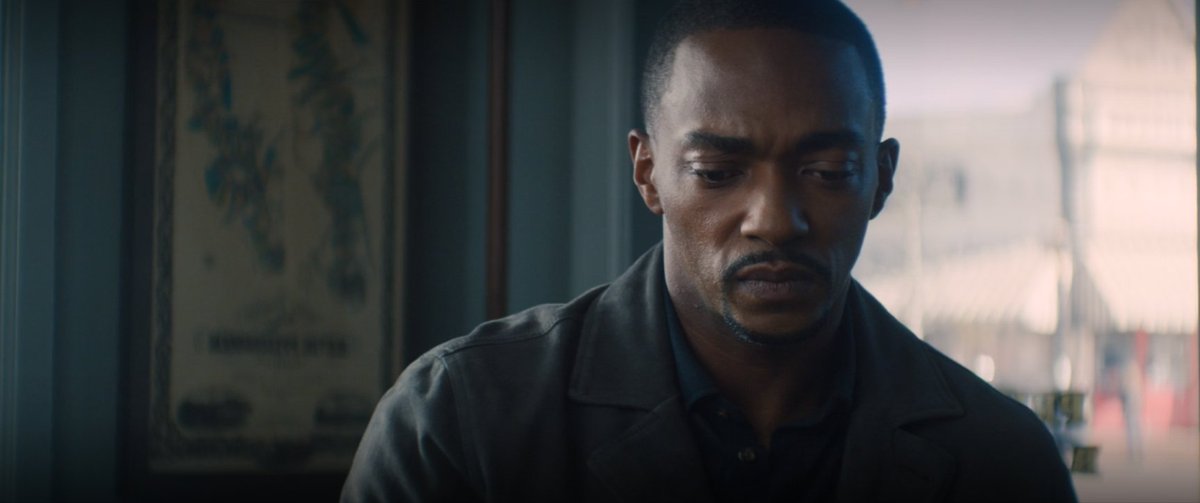



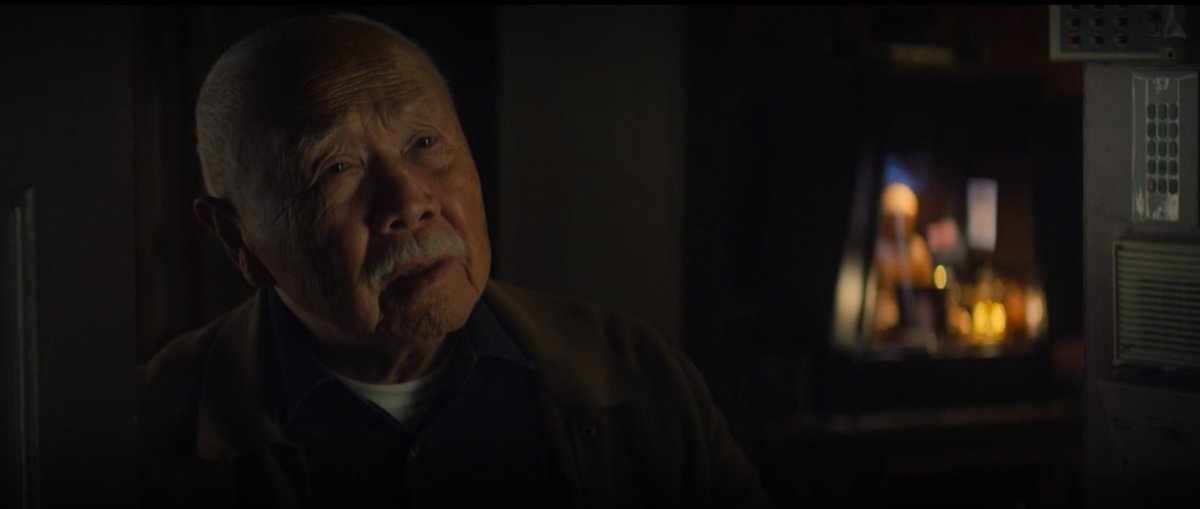


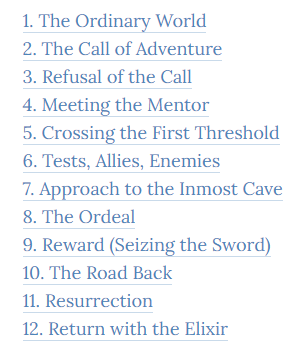


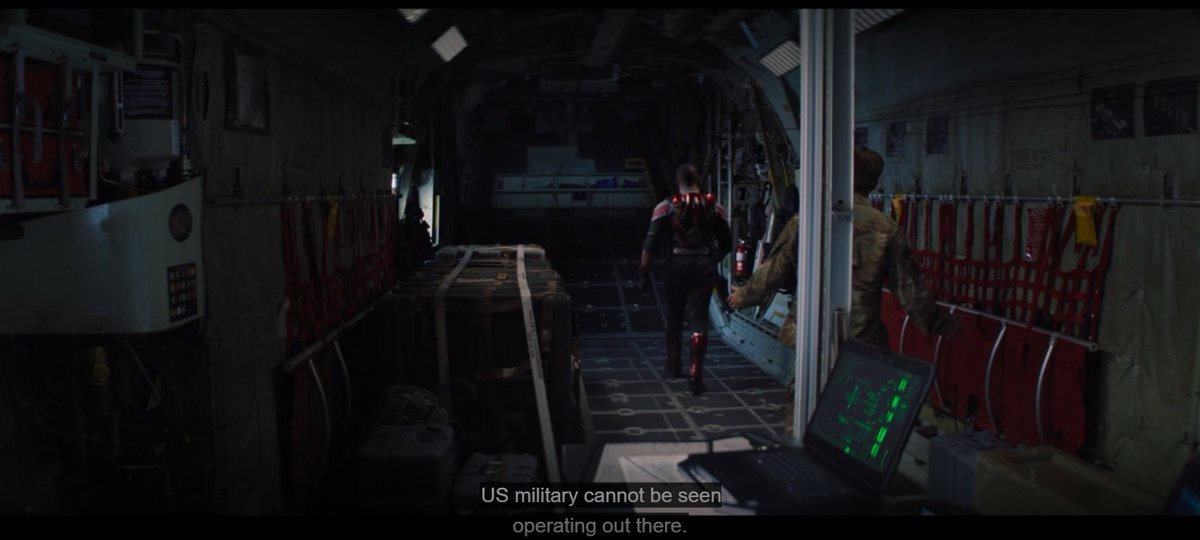


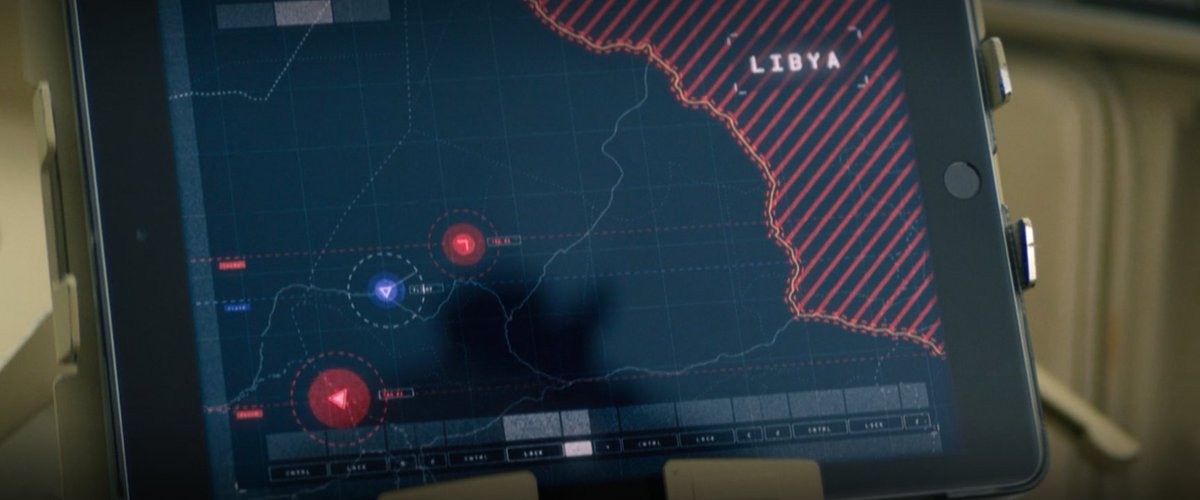





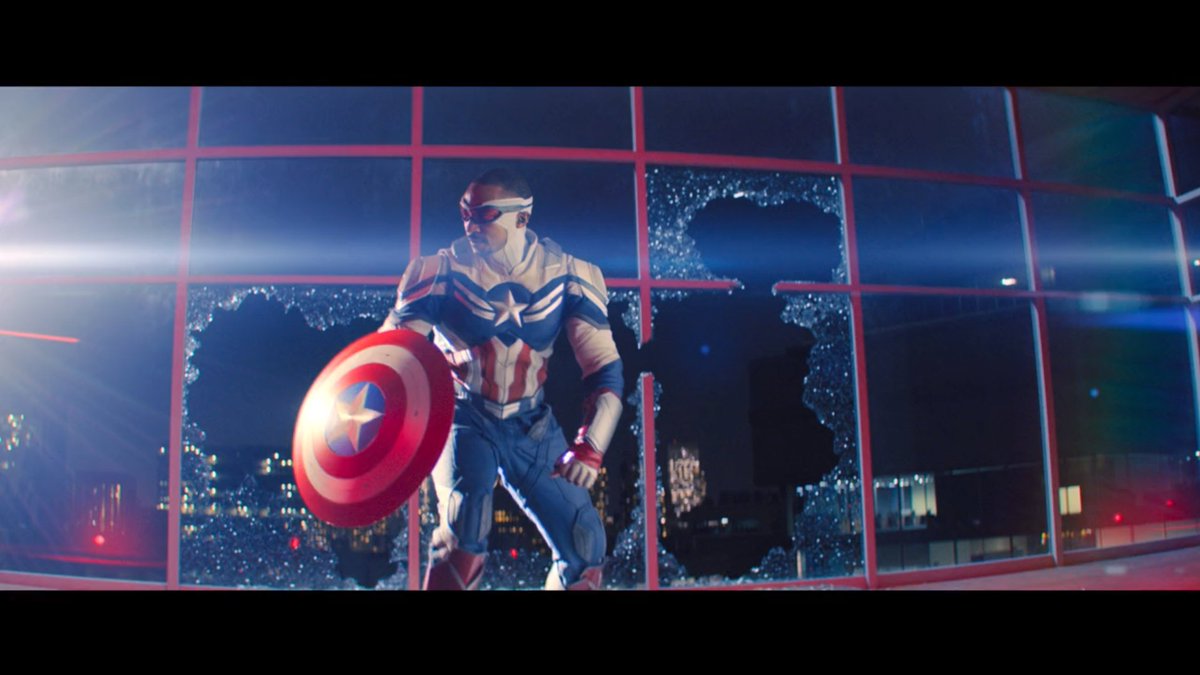 has been released, I thought I& #39;d look at the predictions made earlier in this thread. As expected, Sam does pick up the shield in the last episode and accepts that become Captain America, while hard, honors the black heroes that came before him." title="Now the last episode of #TFATWS https://abs.twimg.com/hashflags... draggable="false" alt=""> has been released, I thought I& #39;d look at the predictions made earlier in this thread. As expected, Sam does pick up the shield in the last episode and accepts that become Captain America, while hard, honors the black heroes that came before him." class="img-responsive" style="max-width:100%;"/>
has been released, I thought I& #39;d look at the predictions made earlier in this thread. As expected, Sam does pick up the shield in the last episode and accepts that become Captain America, while hard, honors the black heroes that came before him." title="Now the last episode of #TFATWS https://abs.twimg.com/hashflags... draggable="false" alt=""> has been released, I thought I& #39;d look at the predictions made earlier in this thread. As expected, Sam does pick up the shield in the last episode and accepts that become Captain America, while hard, honors the black heroes that came before him." class="img-responsive" style="max-width:100%;"/>
